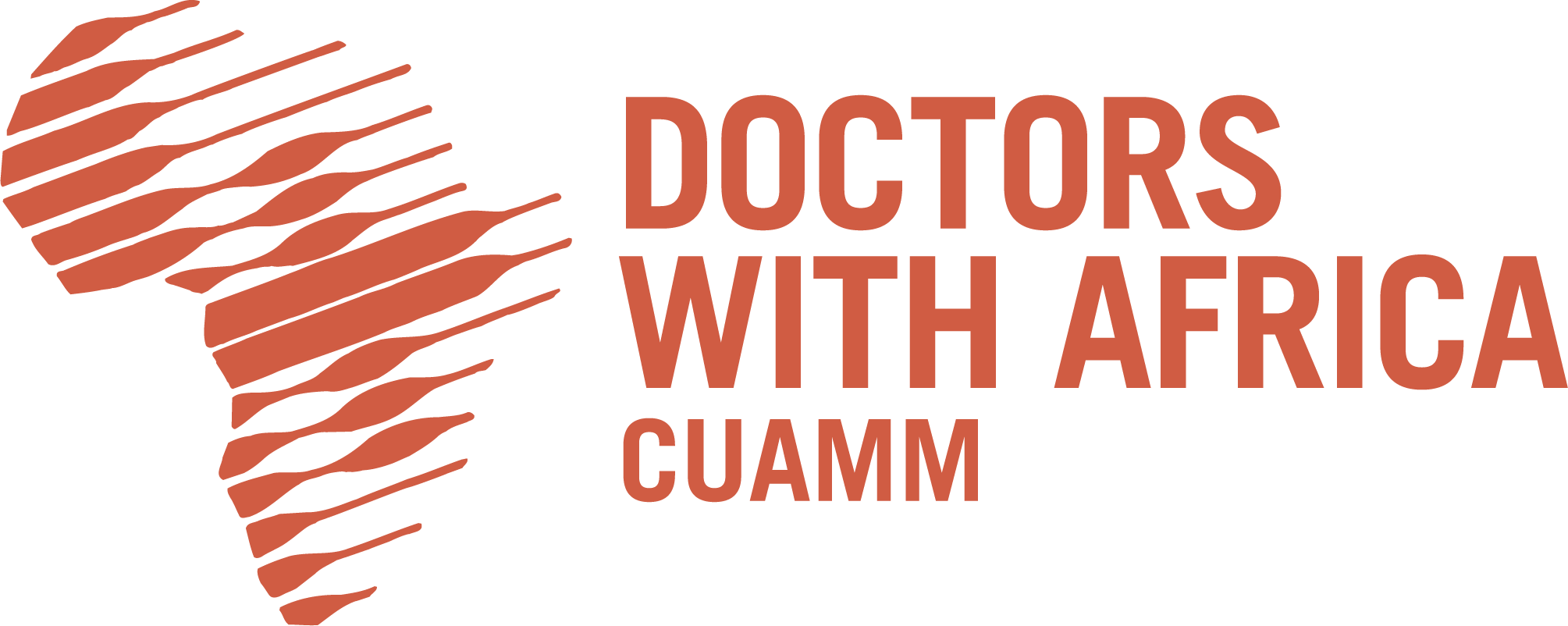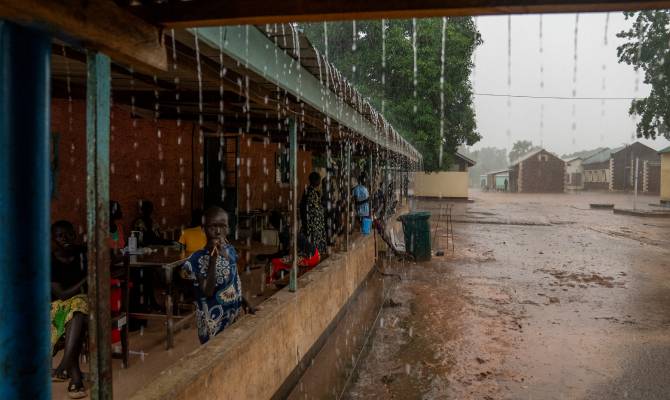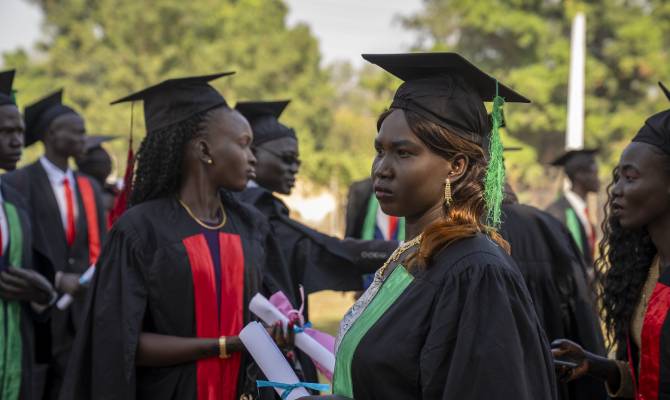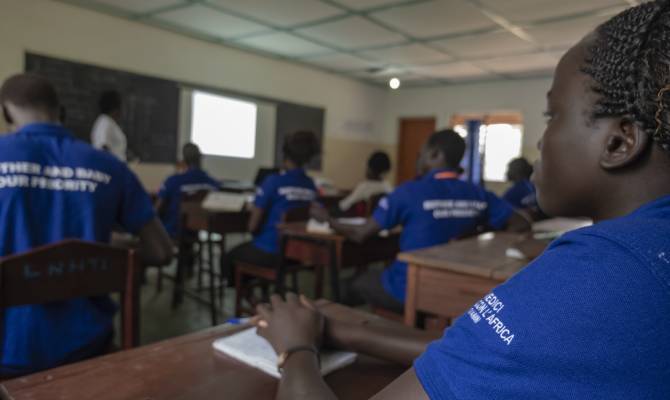“In January 1957 we began something that I consider extremely important, have long fought for and am very proud of – training black nurses; it is the first Catholic training in the entire region, which is why it is so important. For the moment it’s a purely private initiative, and we have no special building for it. There are only six students because we can’t accommodate more, but this will have to change”.
Anacleto dal Lago, the first CUAMM doctor in Africa, in a letter to Prof. Francesco Canova, 8 April 1957.
Anacleto Dal Lago began his work in 1955, at the Nkubu missionary hospital in Kenya, a rural hospital serving local people. Two years after his arrival, in January 1957, he was able to open the region’s first private Catholic college for training nurses.
The Nkubu college was unique at the time in that its female students were Kenyan, or “black” in Dal Lago’s words.
As a result of Dal Lago’s initial vision, the Kenya Nursing Office now accredits 100 institutions for training various categories of nurse: 79 colleges are authorised to award a diploma, and 21 a degree. Of the former, 38 are public and 41 are private, including the original Nkubu School of Nursing.
Doctors with Africa CUAMM has taken Professor Dal Lago’s vision further by founding and supporting training facilities in the countries in which it operates. We now run three colleges for midwives and nurses (in Lui, South Sudan; Matany, Uganda; and Wolisso, Ethiopia), and one university, in Beira, Mozambique, where young doctors graduate every year, ready to serve their country and willing to travel around the continent to work where needed.
The most recent of these colleges is at Lui in South Sudan, where CUAMM began organising training in 2013. Although, like the hospital, it belongs to the Lui diocese, it is recognised by the government – and indeed its students (who will eventually take a final national examination) are selected by the Central Ministry of Health. The first course will end in June 2017, sixty years after we began our work in Kenya, and no-one has yet graduated, but the most important thing for us is that all 20 students who originally enrolled, from all over the country, have completed their studies and are on course for a diploma.
In contrast to colonial Kenya in the Fifties, South Sudan is an example of a country whose resources of suitably qualified local teachers have enabled it to eliminate its former dependence on Western expertise. Although the country has not yet produced sufficient numbers of teachers and tutors, it has been possible to recruit from abroad. In Uganda, particularly, hospitals supported by CUAMM have trained numbers of midwives and nurses who are qualified to teach and train. One of these is Magdalen Awor, who we were pleased to welcome to our Annual Meeting in November 2016.





